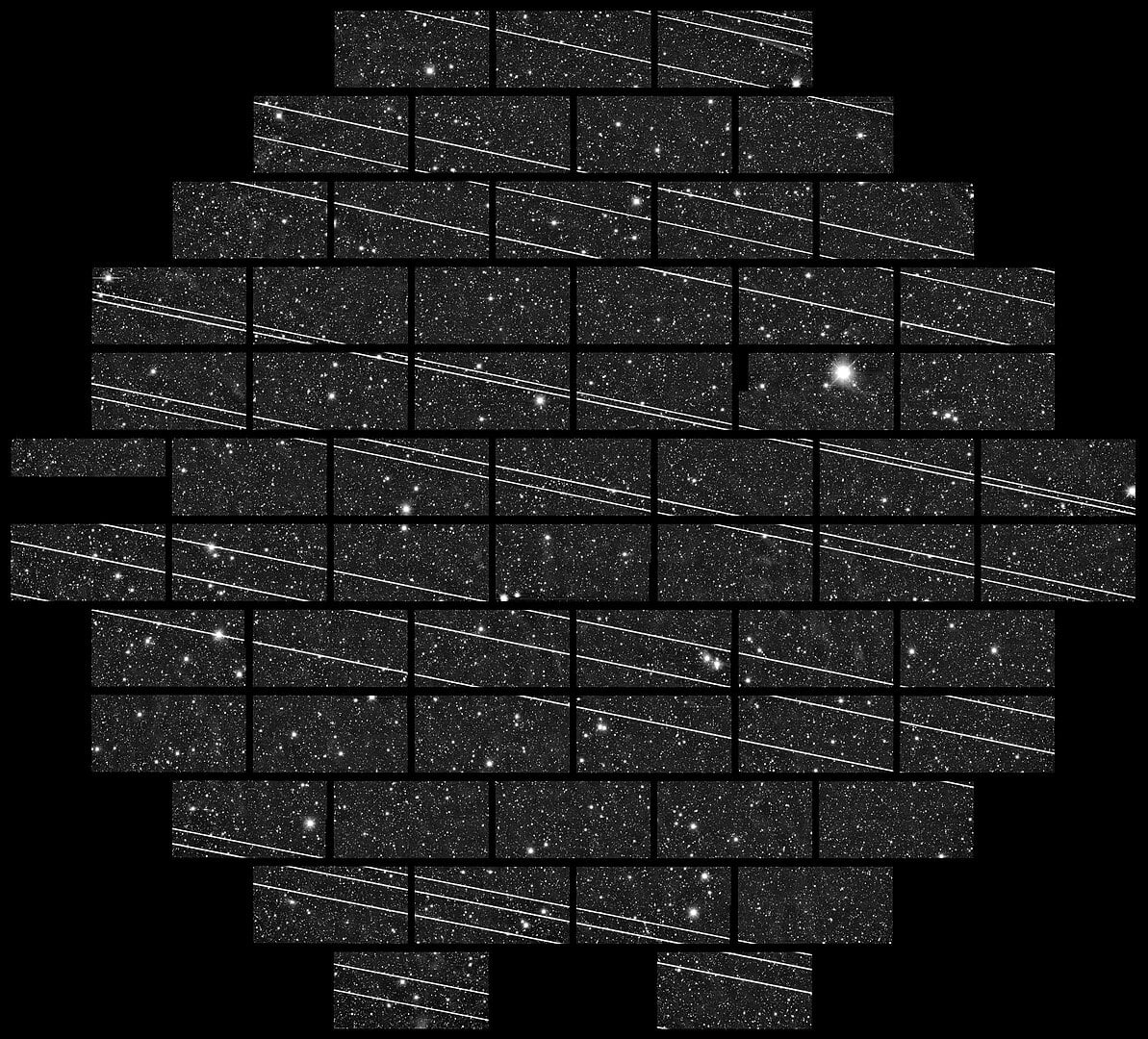For decades, astronomers have searched for signs of extraterrestrial intelligence using radio telescopes and optical instruments, scanning the skies for artificial signals. Now, researchers are taking a different approach, this time looking much closer to home for alien artefacts that might already be in our Solar System.
A new study published in Monthly Notices of the Royal Astronomical Society describes an innovative method for detecting potential extraterrestrial probes near Earth. Their innovative approach; to use Earth’s shadow as a natural filter to eliminate interference from human made satellites and space debris.
Modern skies are cluttered with thousands of satellites and millions of pieces of reflective debris, making it extremely difficult to spot anything unusual. This "contamination" poses a major challenge for anyone trying to identify non human objects in space. Lead researcher Beatriz Villarroel from Stockholm University and her international team needed a way to filter out this noise.
 333 seconds-exposure containing 19 or more streaks due to Starlink satellites (Credit : CTIO/NOIRLab/NSF/AURA/DECam DELVE Survey)
333 seconds-exposure containing 19 or more streaks due to Starlink satellites (Credit : CTIO/NOIRLab/NSF/AURA/DECam DELVE Survey)
This is why they turned to the Earth’s shadow. Every night, Earth casts a cone shaped shadow into space where direct sunlight cannot reflect off satellites or debris. This creates an ideal "clean" search zone. The shadow's base spans roughly 8-9 degrees for objects at geosynchronous orbit, about 35,700 kilometres above Earth.
Human satellites typically don't carry optical light sources, with rare exceptions like communication lasers or spacecraft thrusters. So any bright flashes or streaks detected within Earth's shadow could potentially indicate something more exotic.
The researchers analysed images from the Zwicky Transient Facility (ZTF), a telescope in California that systematically surveys the sky for changing objects. They examined over 200,000 images, specifically focusing on those captured within Earth's shadow.
 Earth's shadow (blue) and the Belt of Venus (pink) at dawn, seen above the Pacific Ocean (blue-grey), looking west from Twin Peaks, San Francisco (Credit : Brocken Inaglory)
Earth's shadow (blue) and the Belt of Venus (pink) at dawn, seen above the Pacific Ocean (blue-grey), looking west from Twin Peaks, San Francisco (Credit : Brocken Inaglory)
Their automated search system, called NEOrion, detected thousands of candidates, including mysterious streaking objects and point source flashes. Most turned out to be meteors, aircraft, or known asteroids. However, one intriguing case emerged, an uncatalogued object moving much faster than typical asteroids and not found in any existing space object databases. Sadly however, the team were unable to confirm what it was so it still remains a mystery.
The study also explores other innovative approaches, including examining pre-1957 astronomical photographs and analysing the colour spectra of suspicious objects to identify materials that have been weathered by long exposure to space.
While this proof of concept study didn't definitively identify any alien technology, it demonstrates that systematic searches for extraterrestrial artefacts are now feasible using existing telescopes and new analysis techniques. The researchers are developing the ExoProbe project, a network of telescopes designed specifically for this type of search, which will use multiple simultaneous observations to determine exact distances to mysterious objects.
Source : A Cost-Effective Search for Extraterrestrial Probes in the Solar System

